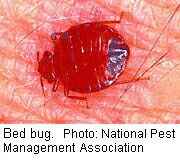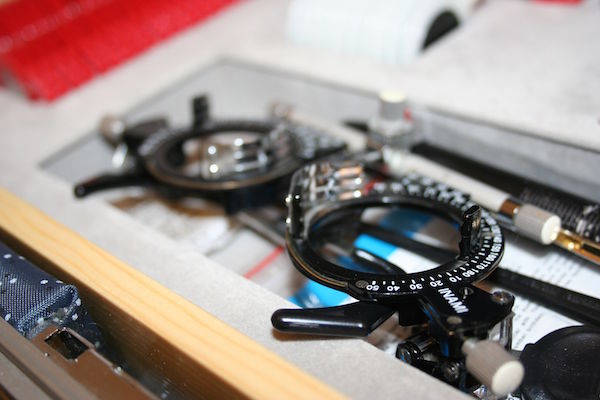
MONDAY, NOV. 29 (HealthDay News) — Think twice before hauling used furniture into your home because it may be infested with bedbugs, warns a Loyola University Health System allergist.
Just because you can’t see them doesn’t mean they’re not there.
“A family came in covered in bedbug bites from infested ‘free’ furniture they found in an abandoned apartment,” Dr. Joseph Leija said in a Loyola news release. “The couple had only taken the wooden headboards and baseboards of the beds — not the mattresses because they knew that would be unsanitary — as well as a table and chairs. The bugs were found in the tiny crevices.”
Other patients have brought home bedbugs in clothing bought at neighborhood garage sales and resale stores.
“Bedbugs are insidious survivors who travel well — they hide in cracks in wood and in the weave of cloth. They are vampires — they are dormant during the day but come out at night and feed on human blood,” Leija said.
Bedbug bites can cause a skin rash or even large weeping blisters due to allergic reactions.
Leija offered the following advice for protecting yourself from bedbugs:
- If you purchase secondhand clothing, keep it sealed in a plastic bag until you wash it in hot water. Then put them in the dryer at high heat.
- If you acquire used furniture, paint or seal it before using it. The bugs are tiny enough to hide in screw holes.
- If you discover bedbugs in your home, spray insecticide and vacuum bedding and furniture thoroughly and place the vacuum bag outside in the trash. Keep doing this daily and “check for tiny brown bugs or pieces that may be part of the bug,” he advised.
- When you travel, check the mattress. “If you see tiny brown specks, move yourself and your clothing and luggage out immediately,” he stated. Inform the hotel manager or your hosts.
- If you are bitten by bedbugs, wash the area with soap and water and dry thoroughly. Apply anti-itch cream to prevent irritation and limit scratching. See a doctor if a bite becomes warm to the touch, swells or hurts.
More information
The U.S. Environmental Protection Agency has more about bedbugs.

